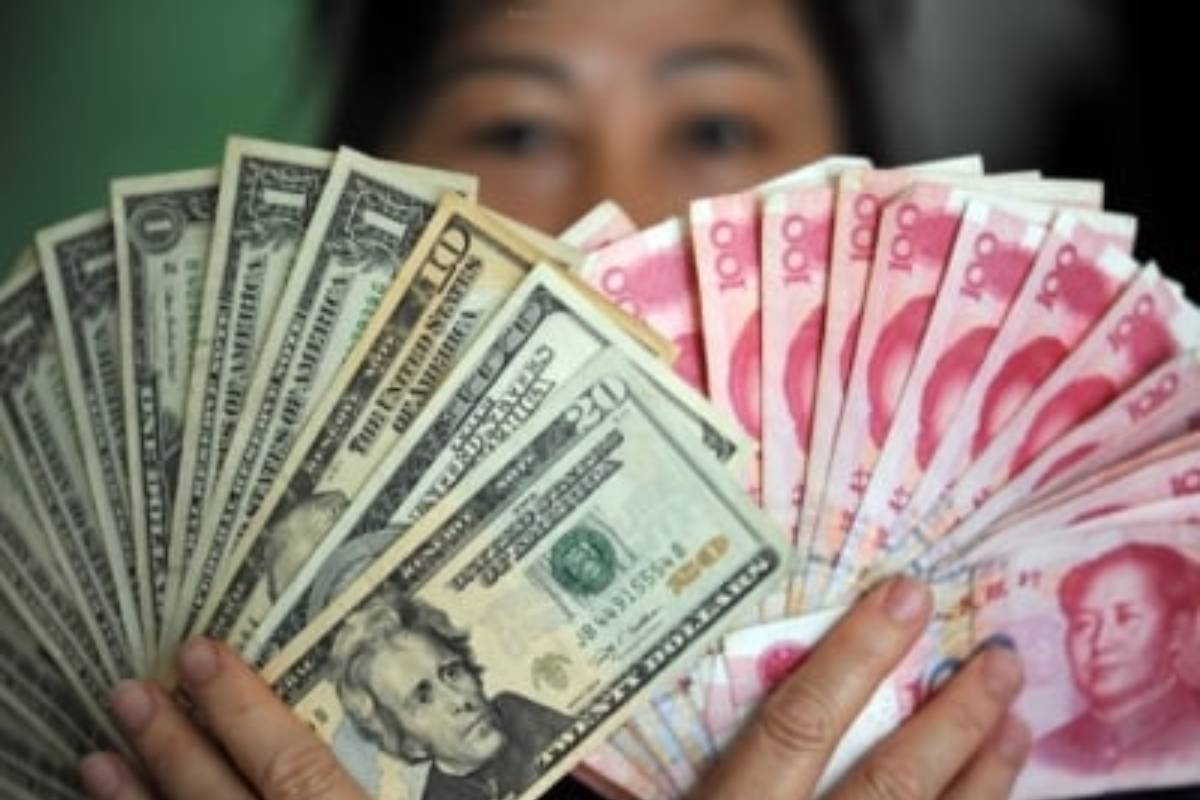As we stand on the cusp of 2024, the global economic landscape seems to be navigating uncertain waters, with the fate of interest rates hanging in the balance. The rallying cry for rate cuts echoes from financial hubs like London to Lyons to Los Angeles, painting a hopeful picture for investors, economists, and everyday consumers alike. However, the road ahead is fraught with complexities, and the big question looming is whether the anticipated “Big Ease” will materialise or if rate-cut hopes are destined to be dashed. The narrative is shaped by a recent flurry of policy meetings by major central banks, culminating in a collective decision to pause the aggressive rate hikes that have characterised the economic landscape since 2022. The Bank of Japan, remaining an outlier, maintained its negative rates policy, signalling a reluctance to shift away from this stance.
The pivotal factor influencing this shift in monetary policy has been the favourable turn in inflation over the course of 2023. From starting the year with inflation rates significantly exceeding the 2 per cent target shared by major central banks, the pace of price increases has now slowed, providing breathing space for central bankers. Yet, the battle against inflation is far from over. Central bankers, cautious not to declare premature victory, find themselves delicately placed with financial markets. The pledge to hold rates high for an extended period or to raise them again if necessary is met with scepticism, with the latter increasingly seen as an empty threat. The crux of the matter lies in the relationship between inflation rates and the initiation of rate cuts.
Advertisement
Contrary to conventional wisdom, inflation doesn’t necessarily need to drop all the way to 2 per cent for rate cuts to commence. In a world where handling inflation rates might become the norm, central banks face the delicate task of calibrating their moves to strike the right balance. The significance of the current situation extends beyond economic theory. Holding rates steady as inflation rates slow further is a form of policy tightening that might not be sustainable for much longer. Some Federal Reserve officials openly discuss rate cuts in the coming year, citing the need for a “soft landing” for the US economy. The risk of keeping rates restrictive for an extended period is a potential rapid slowdown in economic activity, an increase in unemployment, and the looming threat of recession.
The economic sectors sensitive to interest rates, such as housing and manufacturing, have already borne the brunt of higher rates for over a year. While services activity continues to expand, there are signs of relief in manufacturing activity, hinting that the worst might be over. As we look forward to 2024, a chicken and egg situation unfolds between market expectations and central bank intentions. Projections from Federal Reserve officials indicate a certain path, but market positions anticipate a more substantial policy easing.
